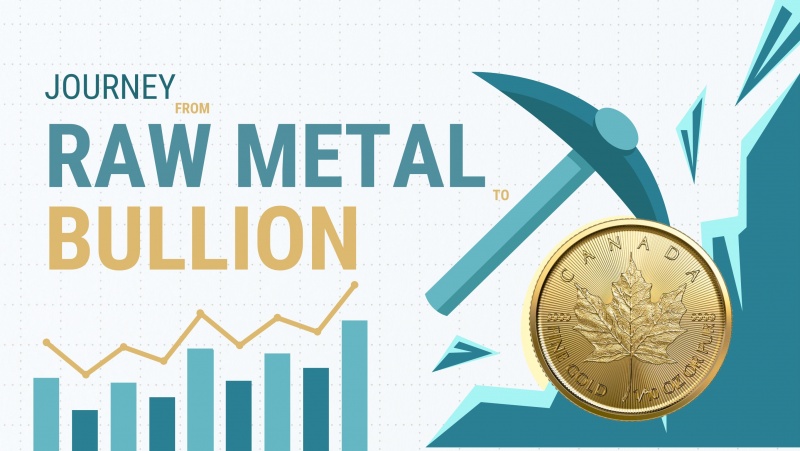The Silver Refining Process: How Scrap Is Turned into Bullion
- Silver scrap can be collected from a variety of objects, including broken jewellery, silverware, waste products from industry, and electronic parts. Depending on the quantity and grade of the silver, the scrap is gathered and sorted.
- In a furnace or other type of heating apparatus, the gathered scrap silver is melted down. Silver is transformed into a liquid condition by melting in the heat.
- Impurities including base metals, mud, biological materials, and other non-silver substances are eliminated after the silver has been melted.
- Silver is purified further to boost its purity once impurities are eliminated. This is often accomplished using techniques like Cupellation, Zone Refining.
- After being refined, silver is allowed to cool and harden. Bullion is the term for the solidified form that results from this process.
The Different Types of Scrap and Waste Materials that can be Refined for Silver Recovery
- Jewellery scrap is any worn-out or damaged silver jewellery, including rings, bracelets, necklaces, earrings, and pendants. Recycled and refined jewellery can be used to retrieve its silver content if it is no longer fashionable or in high demand.
- Silverware, including spoons, forks, knives, serving utensils, and tea sets, frequently includes substantial amounts of silver. The silver content of these products can be recovered by refinement.
- Several industrial activities, including manufacturing operations, the production of electronics, the processing of photographs, and dentistry procedures, produce scrap that contains silver. Silver-plated parts, electrical connections, circuit boards, X-ray films, photographic film, and silver-containing residues are a few examples of industrial waste.
- Silver can be extracted from dental materials such as silver amalgam fillings, dental crowns, bridges, and other dental restorations by refinement.
- Pieces with a thin layer of silver plating on top of a base metal include hollowware, cutlery, and decorative pieces.
- Silver halides are present in conventional photographic sheets and films, and these materials can be removed and purified to produce silver nitrate.
- Silver can be found in small quantities in electronic waste, including circuit boards, electronic components, and obsolete computers, smartphones, and mobile phones.
- Several industrial processes result in sludges, residues, or filters that include silver compounds or particles in them.
The Technological Advances in Silver Refining Processes Have Made the Process Easier and More Efficient
- Modern melting furnaces and induction heating systems allow exact temperature control and homogenous heating, ensuring efficient and reliable melting of silver. With the use of these technologies, melting times can be shortened, energy usage can be decreased, and heat distribution can be enhanced.
- To successfully remove solid contaminants from the molten silver, cutting-edge filtration techniques have been devised.
- There have been advances in technology for refining processes like chemical treatment and electrolysis are improved chemical agents and fluxes make it easier to remove contaminants.
- The method of refining silver has been transformed by automation. Melting, impurity eradication, and purification are a few of the processes of refinement that can be handled by automated systems.
- Advanced analytical techniques and monitoring technologies are now readily available, which has substantially improved the precision and efficacy of the refining process.







